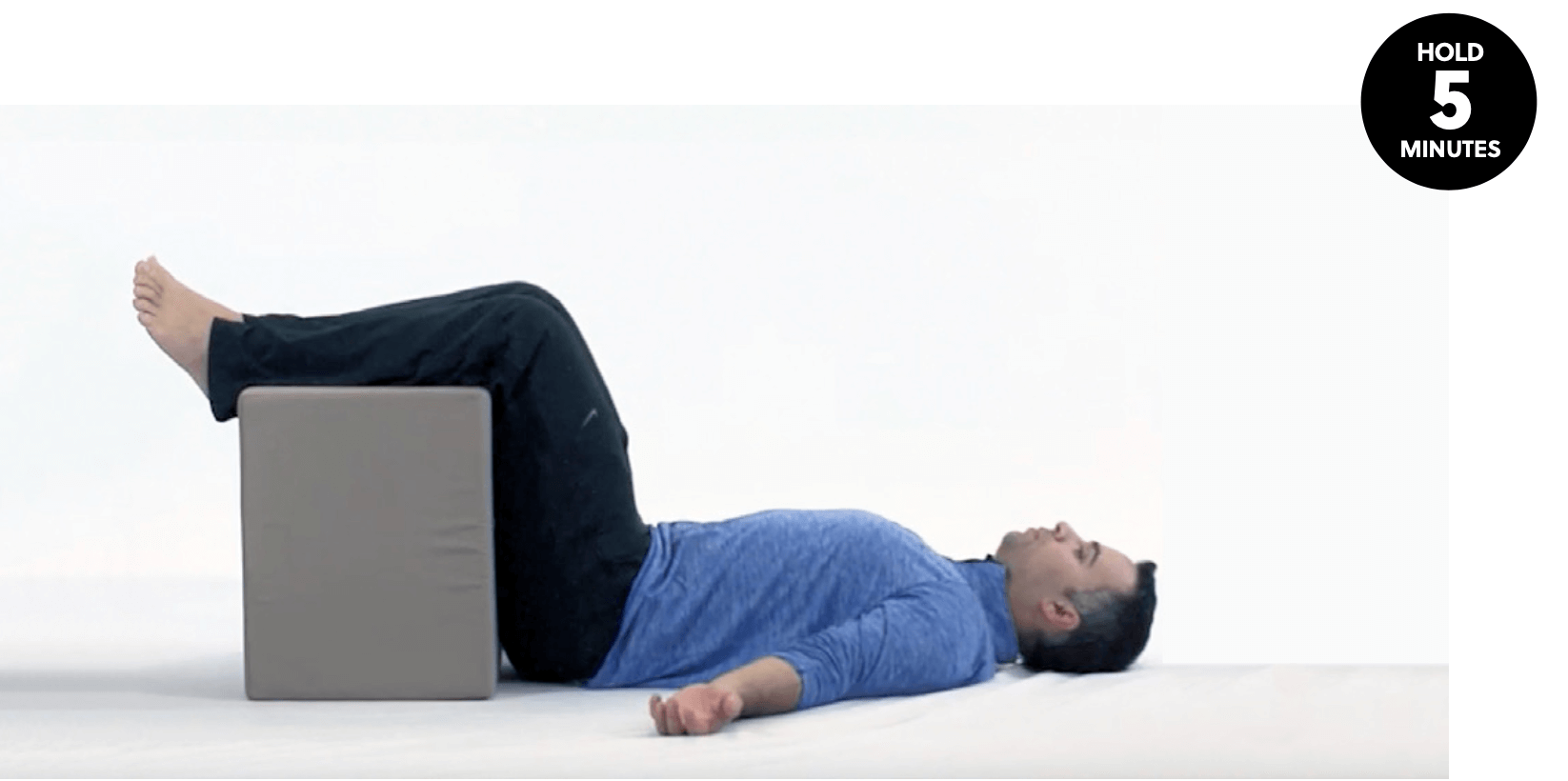Upper Back Pain
How Thoracic Dysfunction Affects Your Body
When the upper back is in flexion, pulling forward on the skeletal components of the upper torso, the opposing muscles of extension, rotation, and lateral movement tighten in reaction. This leads to restriction of motion in the upper back and shoulders. In addition, the body is somewhat top-heavy to begin with, and now gravity gets even more traction: The shoulders continue to round forward and the head droops all the more. What’s next? More thoracic flexion, more tightness, more of everything—except function.
Thereafter upper-back pain tends to disguise itself. The tightness gives way to burning in the area between the shoulder blades, the neck gets stiff, and turning the head from side to side or up and down becomes difficult or painful. Another common symptom is numbness in the shoulders, arms, and hands while sleeping or resting in a chair. What’s happening is that the joints of the upper torso are being pulled out of alignment, constricting the circulation and creating extra friction.
Upper-back dysfunctions tend to get diagnosed as rotator cuff, shoulder, and neck problems. Those conditions, however, are only symptoms, and treating them would make the roads only temporarily safe. Once we see rounded shoulders and hear about tightness in the middle of the back, we usually don’t need to look any further for the cause.
So how do you alleviate your upper-back pain? Upper-back tightness is telling us that the shoulders are hanging in midair without structural support from the load-bearing joints or interaction with the musculature of the pelvic girdle. Restore proper function in your pelvis, and experience relief immediately.
7 STATIC BACK

INSTRUCTIONS
- Lie on your back with your legs up over a block or chair so your hips and knees are at 90 degrees.
- Place your arms out to the sides at 45 degrees from your body with palms up.
- Relax your upper back and notice if your low back flattens to the floor evenly from left to right.
- Hold this position for 5 minutes.
FUN FACT
A key component in walking is Quad strength. In this E-cise we are increasing the strength of this muscle group.


 Ankle Pain
Ankle Pain Elbow Pain
Elbow Pain Foot Pain
Foot Pain Hip Pain
Hip Pain Knee Pain
Knee Pain Lower Back Pain
Lower Back Pain Neck Pain
Neck Pain Shoulder Pain
Shoulder Pain Upper Back Pain
Upper Back Pain Hand Pain
Hand Pain Wrist Pain
Wrist Pain